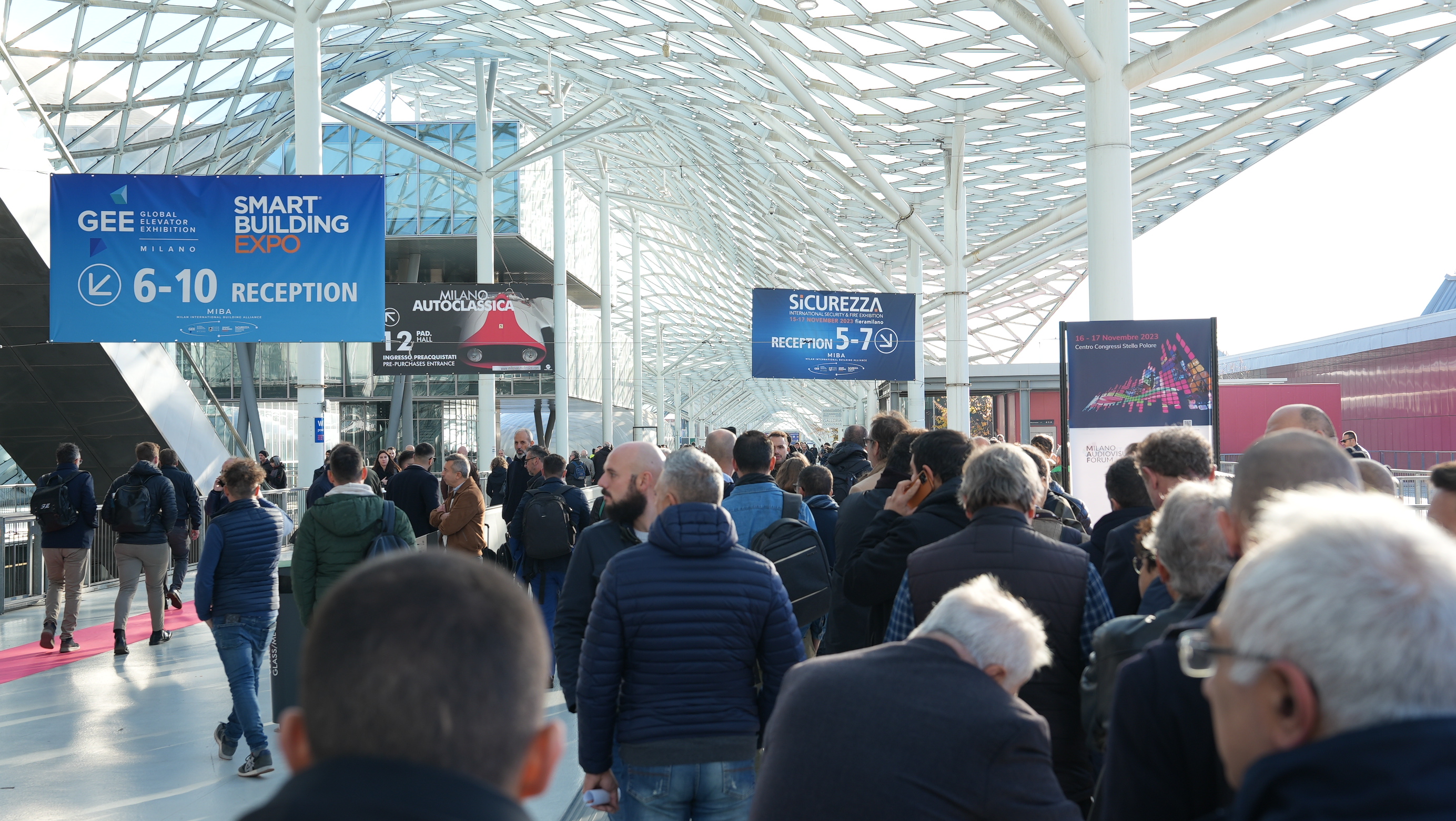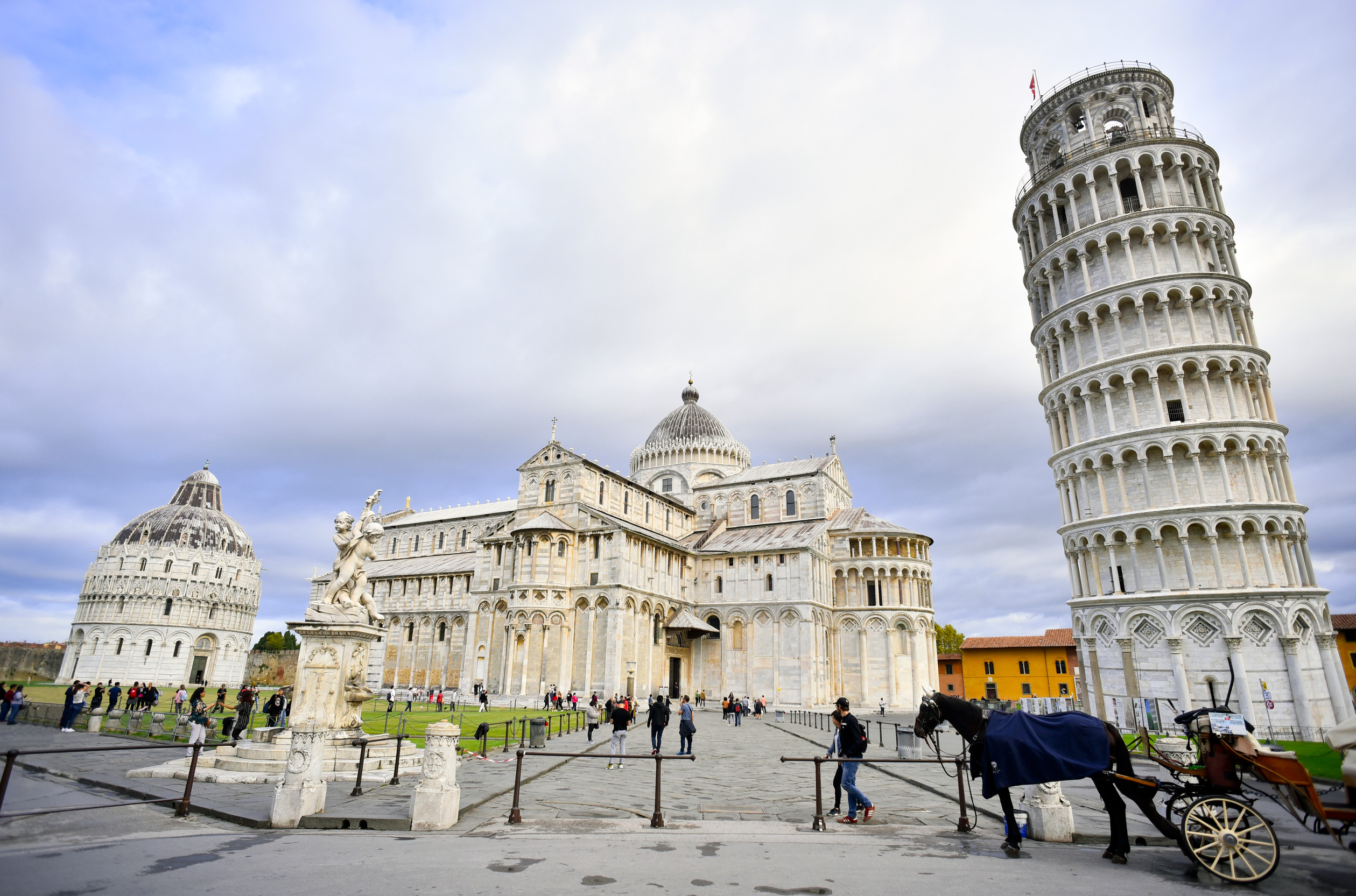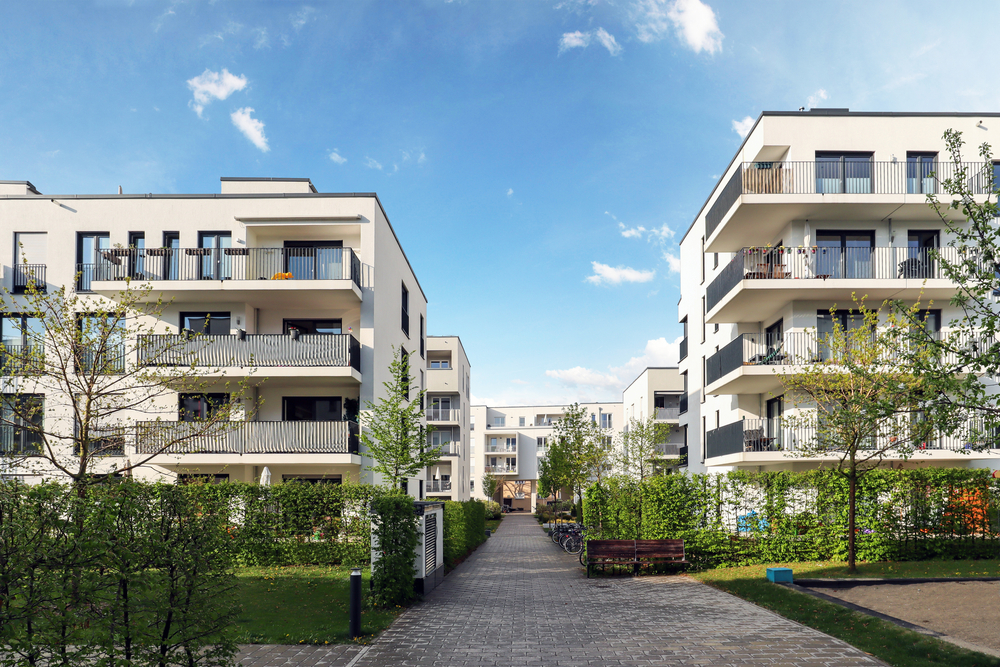If there is one fact that has become clear and obvious in this last year, spent between lock-downs and restrictions, it is the inadequacy of buildings, homes and even cities compared to the ongoing changes in every aspect of life. Conceived of in a pre-digital era, today they appear inadequate to support the changes taking place in the world of services, both essential ones, such as at work, in health and education, and those more linked to markets, such as the new distribution systems inherent in the development of e-commerce.
Nevertheless, the physical ecosystem in which we live has often appeared unable to adequately exploit the extraordinary source of information generated by the so-called IoT, i.e. that big data which, if it is properly used, enables the intelligent management of space, with fundamental consequences not only in terms of resilience, but also of sustainability.
Companies in the electrical and electronics sectors, as well as telcos, which make up the fundamental backbone of the world of production in the field of smart buildings, seem to be aware of this.
In fact, it is precisely the health emergency that has made it increasingly clear that digital transformation and technological innovation are cornerstones of economic recovery, also thanks to a widespread awareness that digitalisation and connectivity are essential.
In this regard, it is enough to consider the data made public by ANIE during its last assembly, that is, that 65% of member companies felt the need to rethink their working practices following the arrival of the pandemic so as to support, within companies themselves, investments in new digital technologies. 70% of the companies surveyed understood that they had to invest in digital technologies even after the emergency.
This process of digitalization is what, thanks to Industry 4.0, has already impacted the world of production for some years now. It it is time for it be quickly expanded to the construction sector, which hopefully will occur, thanks to the wide range of application of the 110% Ecobonus.
This is no coincidence, since even before the pandemic, growth of the sector was largely connected to the virtuous circle between the concept of home and building automation and that of energy efficiency. This combination now seems to have slipped into the background, but it will become a priority again as soon as the health emergency is over, since it implies a strategic review of the concept of development.
From this point of view, it is certainly worth stressing a fundamental pre-covid fact, i.e., that companies in the electrical-electronic sector linked to "smart" products for buildings already constituted an essential segment of the country's development strategies, representing more than 30% of the entire R&D investment made by the private sector in Italy (source: ANIE), spread between R&D, improvement of company processes and the purchase of capital assets.
This figure, after the inevitable drop in 2020 that should be forgotten, will probably start to grow again in 2021, thanks to the considerable impulse given to the sector by both national and European Union policies.
To understand the impact that these investments can have in Italy, it is sufficient to go to the last market survey carried out by the Politecnico di Milano, which quoted the total annual turnover associated with investments in smart buildings at about 3.6 billion Euro, distributed almost equally between: building devices & solutions (41%, equal to 1.47 billion Euro), automation technologies (31%, 1.1 billion) and management and control platforms (28%, 1.02 billion); with a clear preponderance of investment in hardware and software compared with plant engineering, thus proving the increasing importance of the digital component.
This trend is certain to grow significantly over the next five years, since, once the pandemic has passed, it is estimated that in Europe investments in energy efficiency and digitalisation will give a great boost to the economy and in particular to the building industry which, we should remember, contributes 9% of European GDP and provides over 18 million jobs, thanks above all to SMEs, responsible for about 70% of turnover.
The only potential obstacles to the development of the sector, going back to the ANIE report, remain the lack of knowledge of innovative technologies (28%), the lack of adequate professional profiles (17%) and the risks related to data security (about 13%). These priorities should be acted upon promptly as they are also given precedence in events such as SMART BUILDING EXPO.


.png)




